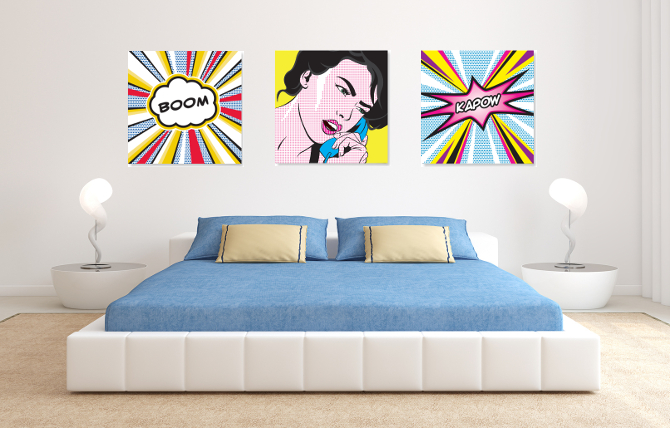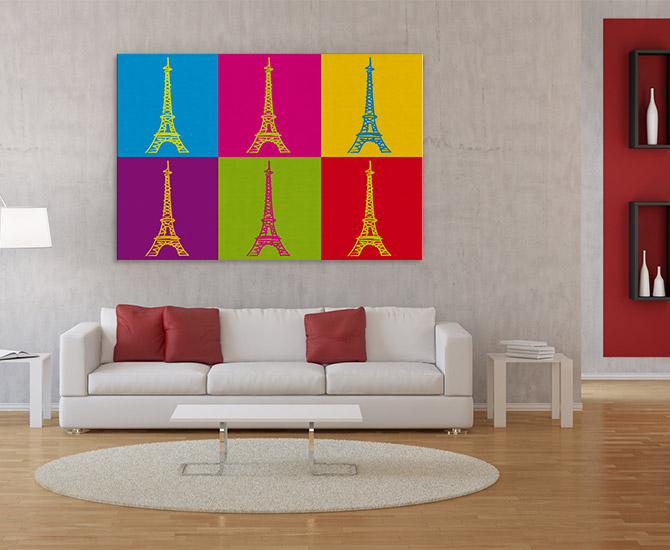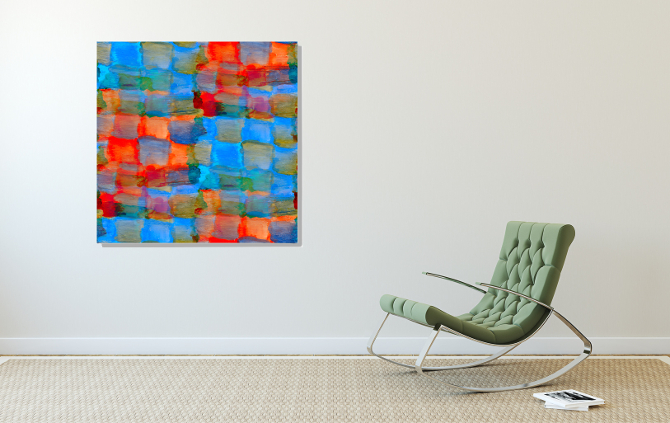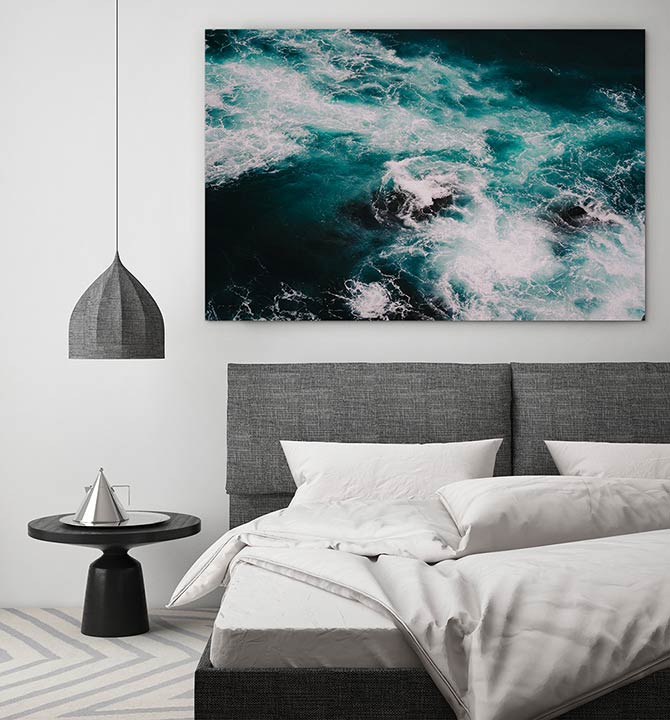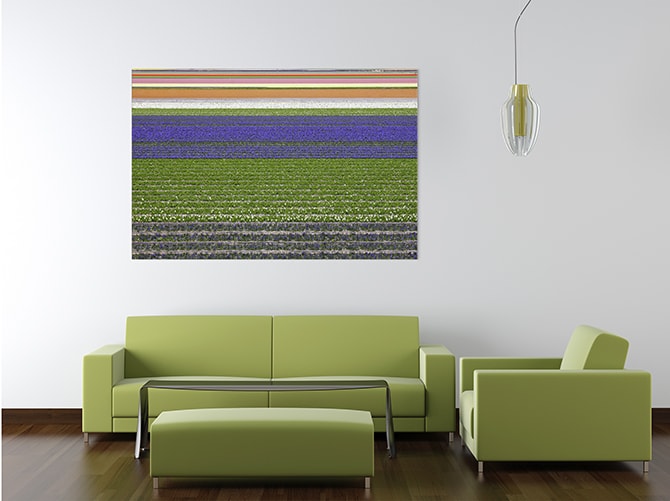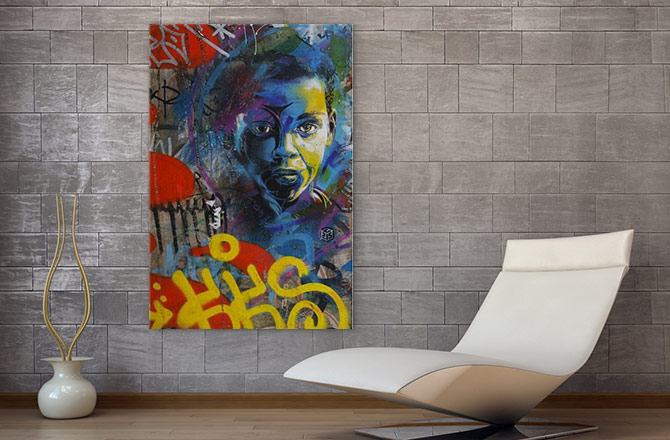Art is always difficult to define – in a broad sense, any creative object is art. But then concepts such as taste come into play, and we start the busy work of categorising art into ‘good’ and ‘bad,’ ‘fine’ and, of course, ‘pop’ or ‘modern.’ While history shows clear divisions between art movements and sensibilities, it should really be viewed as a continuum, not a series of chapters.
Such was Pop Art, a modern art movement that launched in the 1950s in the United Kingdom and the United States. Viewed as part of a continuum, it can be seen as a reaction to the abstract expression trends of the prior decades combined with a reaction to the sudden glut of the modern advertising and marketing culture that engulfed a post-World War II world. Pop Art took the very symbols of the triumph of capitalism and the renewed prosperity of the United States (that is, media, advertising iconography, and the celebrity hype machine) and turned it into art.
Whatever your opinions are on Pop Art, two things are clear: The movement has had a huge effect on the modern world as you know it; and you encounter Pop Art all the time. That’s largely because of a few very influential Pop Art artists. Here are our picks for the most potent and interesting artists the movement produced.
Andy Warhol
Probably the most famous and successful Pop Artist of all time, Andy Warhol used art to explore the increasingly close and complex relationship between creativity and commerce. Warhol eventually pursued a technique where the ‘artist’s hand’ was completely invisible, removing all creative touches for an accurate representation of the image.
Warhol’s work is immediately familiar, which is both an advantage and disadvantage. On the one hand, when you have a print of his famous ‘Marilyn Monroe’ portrait in your living room, people are immediately excited and know a little about your own point of view. On the other hand, that means it loses some of the surprise factor.
Roy Lichtenstein
An artist synonymous with the Pop Art movement itself, Lichtenstein used advertising and especially the comic book style and form for his paintings. Comic books in the 1960s, unlike today, were considered disposable children’s entertainment, and thus his choice of the bold, primary colour-based comic style for his paintings was a lot more shocking and inventive than it might seem today.
Lichtenstein’s style, being bold, big, and filled with colour, is still ideal for modern designs, and his paintings can add a touch of whimsy to otherwise clean, ‘cold’ rooms.
Keith Haring
Possessing perhaps the most instantly recognisable style of any Pop Art artist, Keith Haring’s cartoonish, fluid paintings reflected a New York City street culture sensibility – his early works were created in Subway stations in the city – and became synonymous with the emerging gay culture, the AIDs crisis, and the modern expression of Pop Art.
His work is energetic, bursting with energy as figures and lines writhe and twist inside the large-scale frames. The large amount of white space (despite the energy) gives the work room to breathe, and thus these works will function ideally in a simple, minimalist room where the lines of Haring’s work can ‘pop’ from the walls.
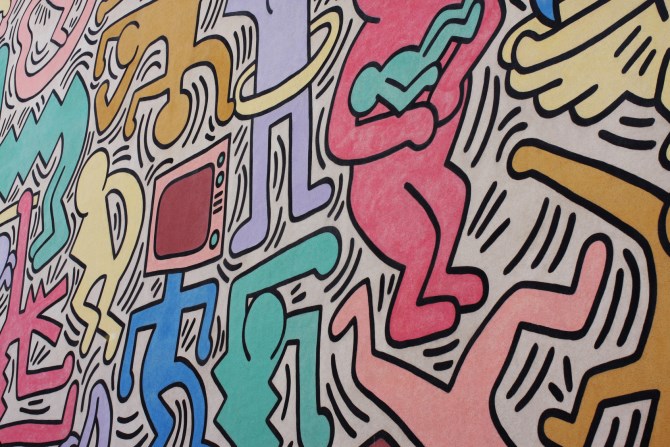
Peter Max
Peter Max’s style escapes easy description. Unlike many artists who had easily recognisable styles throughout their careers, Max changed his approach many times throughout his life and worked in many mediums. His earlier works were colourful, psychedelic pieces that would often be found hung in American college dorm rooms. He later saw his work licensed by dozens of corporations and he himself designed products for companies like General Electric.
Jasper Johns
One of the most abstract artists of Pop Art, Johns is sometimes excluded from the movement and considered more of an abstract expressionist because of his style, which is far removed from the detailed and accurate depictions of Warhol and Lichtenstein and lacking the modern lines and clarity and simplicity of Haring. However, we’ve included him in our list because Johns’ work includes instantly recognisable icons and symbols from modern popular culture.
Because his work brings more of a ‘creative’ and transformative element than, say, Warhol’s, his work softens any room it’s in while keeping a modern edge due to the pop subject matter.
We all have our own opinions on who the most influential or interesting of the Pop Art artists are. These are our choices for the Top Five – do you agree? And if you’d like to use this style of art to make a statement in your home, check out our collection of bright and bold Pop Art that will make your walls ‘pop’.

